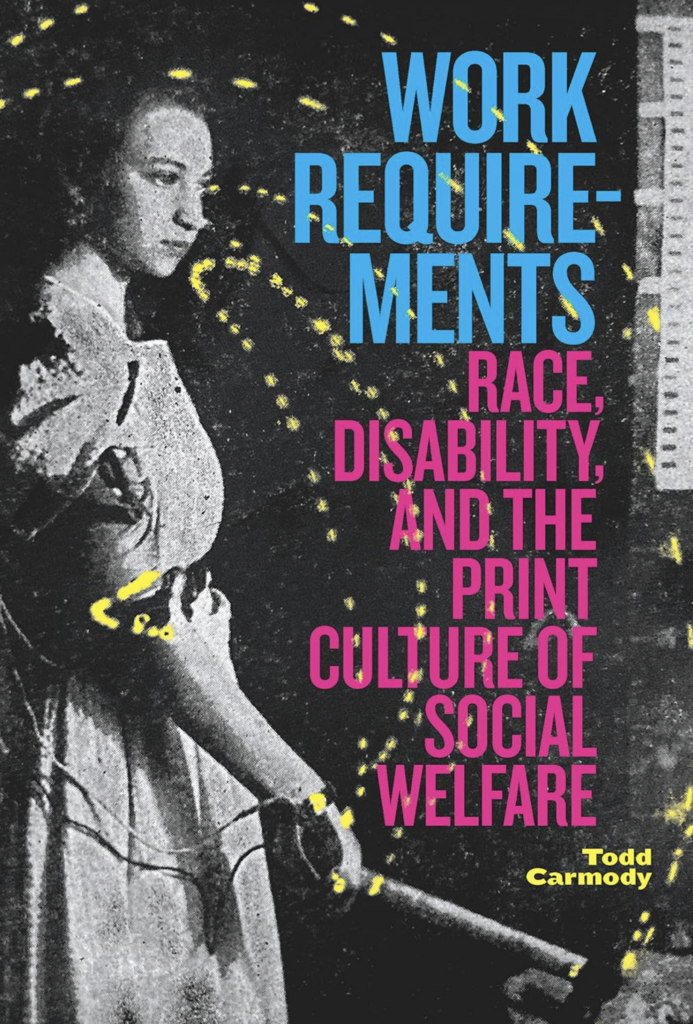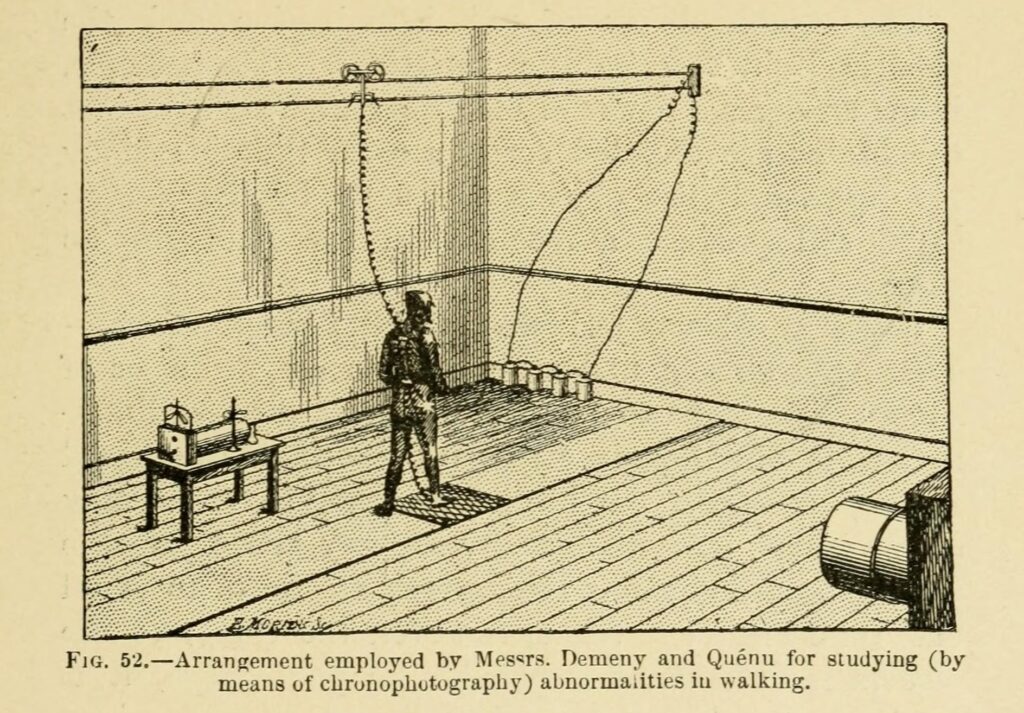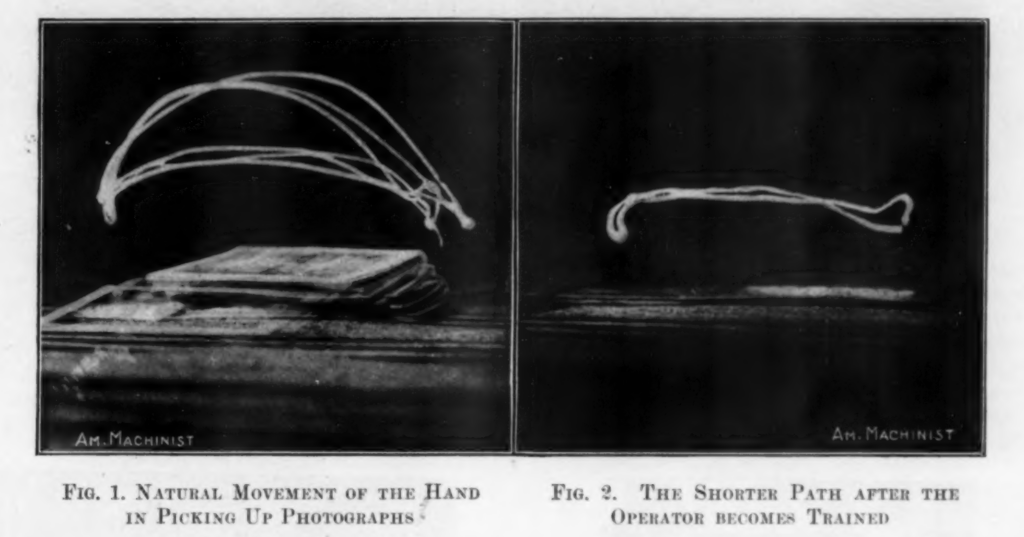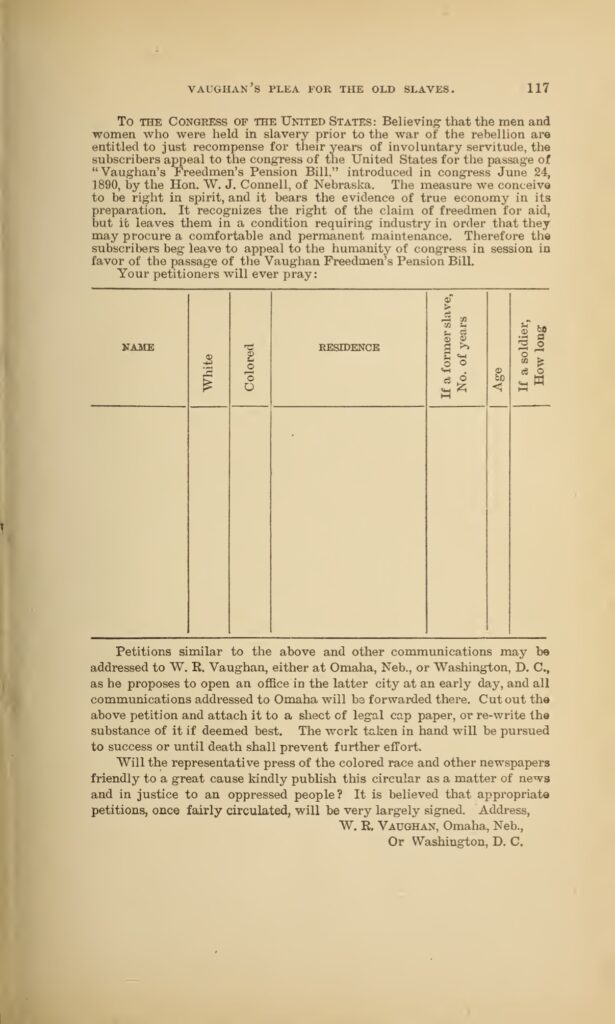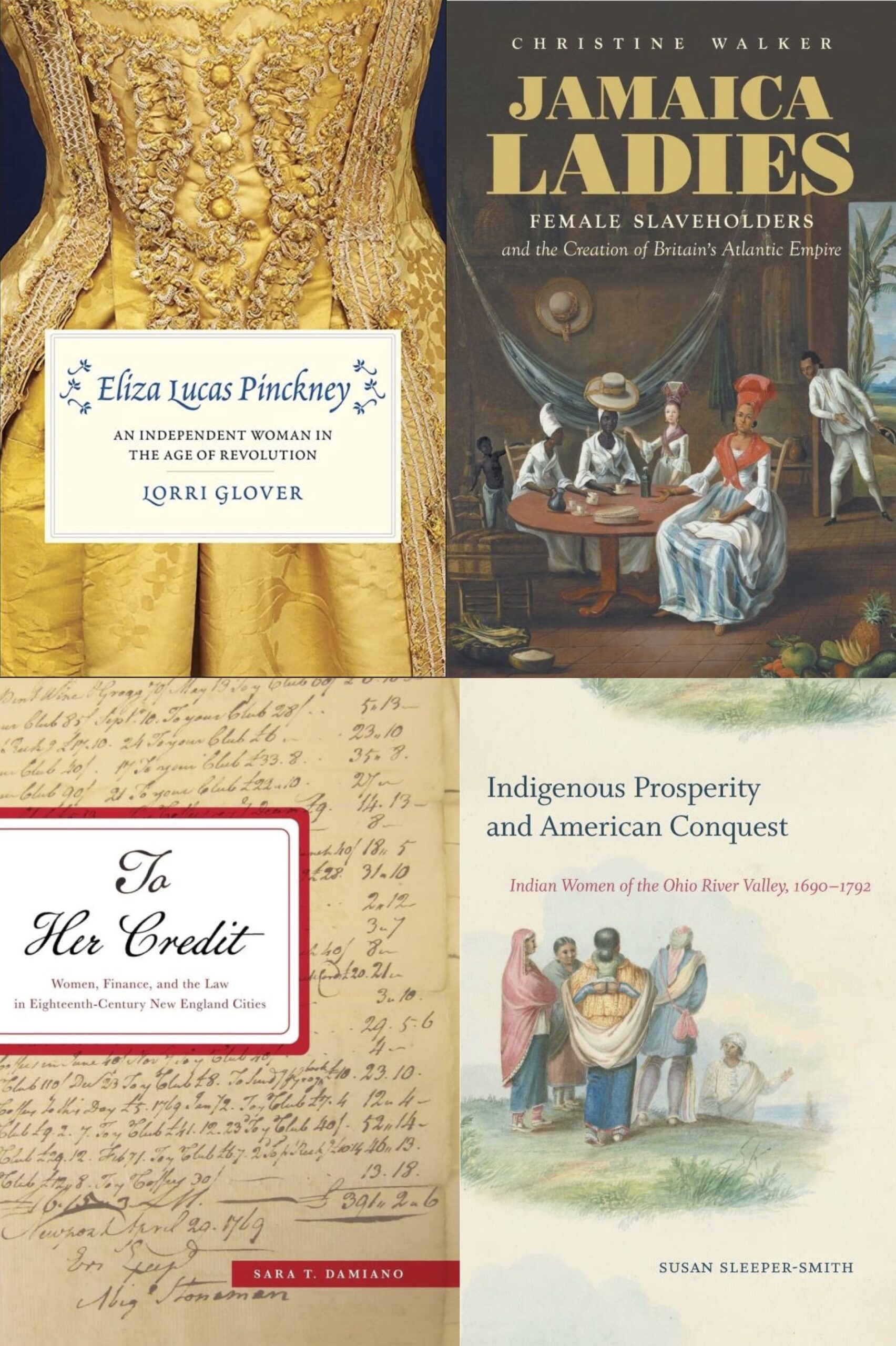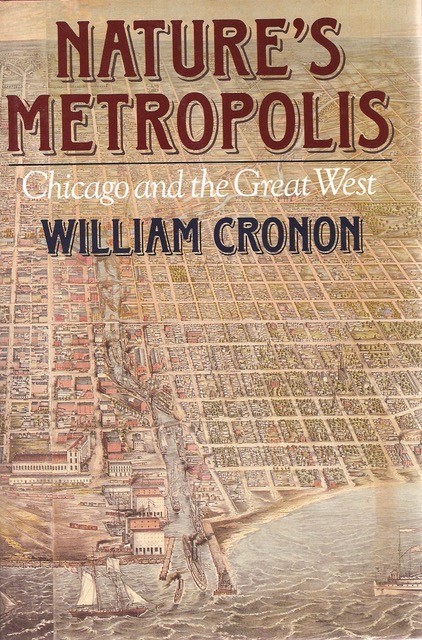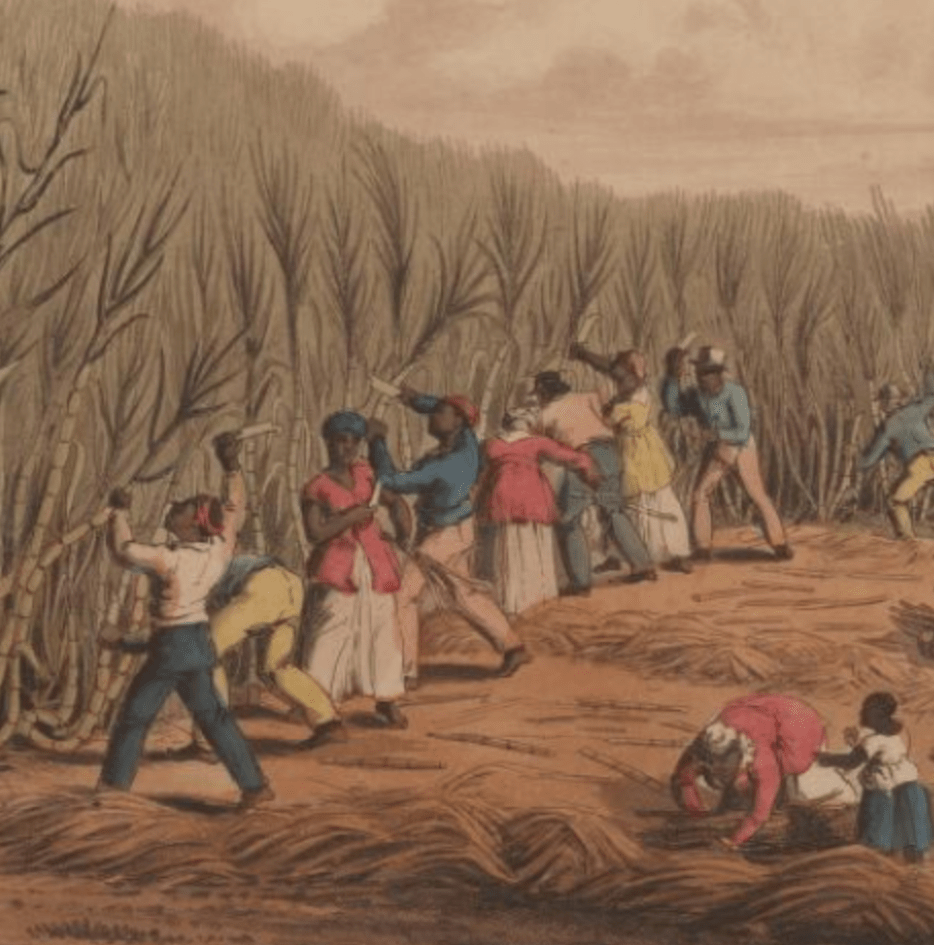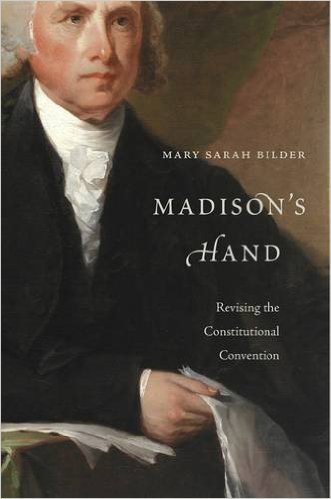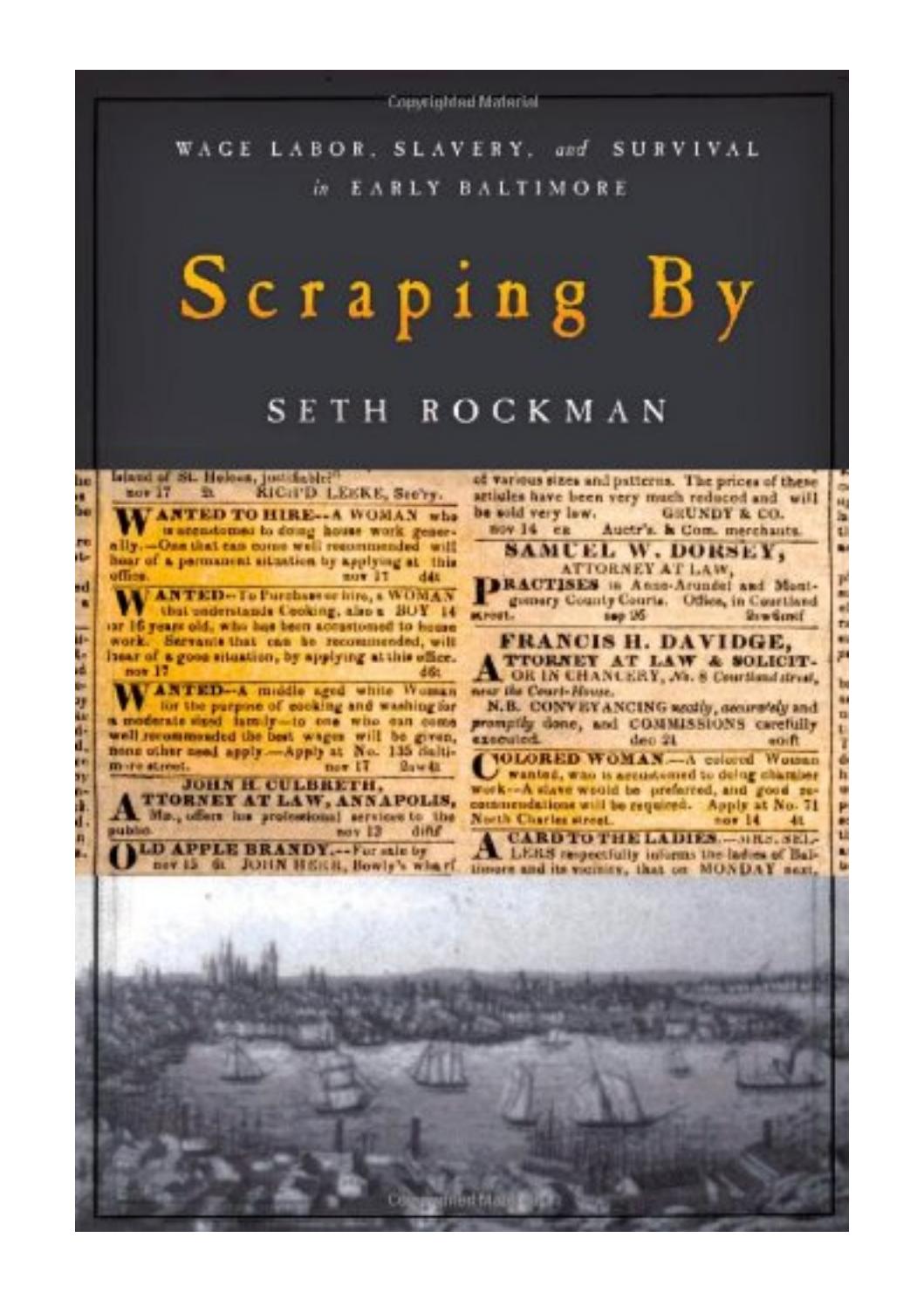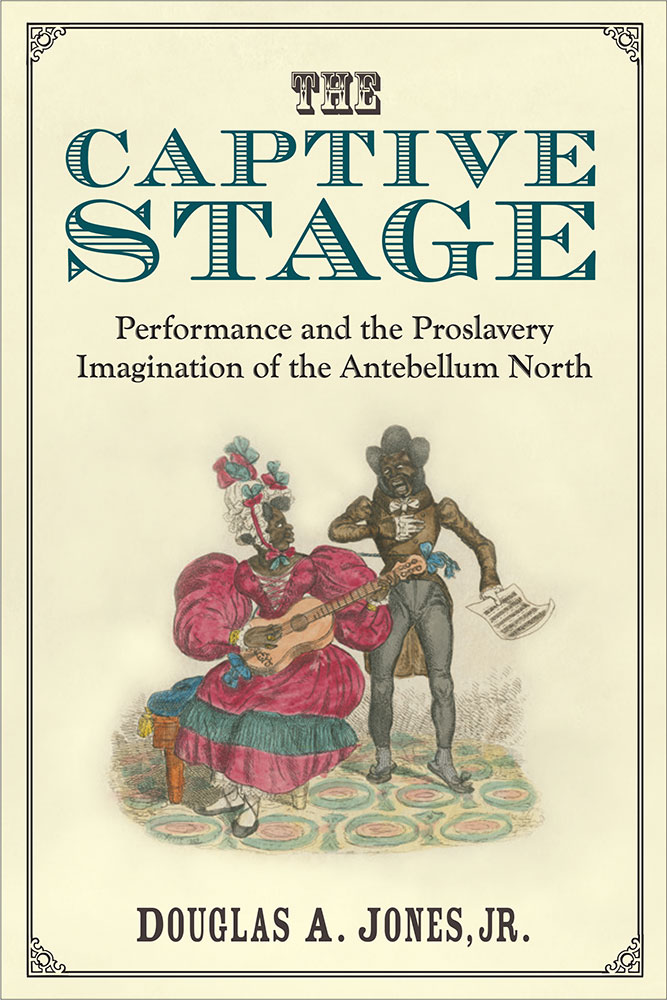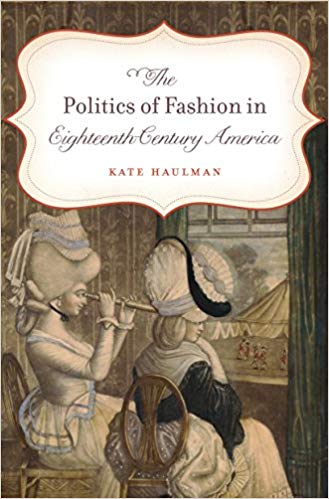That question of “fit” also guided the PhD sociologist Annie Marion MacLean, who studied work songs not with an ear for maximizing labor but for catching unity, collaboration, and contentment. MacLean serves as an example of someone who resisted the exploitative mission of the academy both to maximize others’ labor and as a workplace itself. A disabled teacher, MacLean resisted the rhythms of university life, turning to correspondence courses, which better allowed her and her students to “encounter one another in mutual recognition” (195).
Carmody’s rich discussion offers a convincing, if quite dense, book-length argument. Though he draws on theory as wide-ranging as New Historicism, print culture, Marxian analysis, and feminist labor history, Carmody’s points are usually more formal and historical than theoretical. Carmody shies away from conceptual battles despite a series of long, informative, discursive footnotes on subjects like Foucault’s Discipline and Punish, Afro-pessimism, and Charles Richmond Henderson. As he himself writes in an early footnote, “my goal, however, is not to develop a cohesive social theory” (226n10). Given the preponderance of archival richness and formal analysis, one wishes Carmody had thrown elbows a bit more and marked out with more confidence how his own story changes our understanding not just of the history, but of the theory, of work.
Because if we can understand that the assumption we all must work—and that we must work as efficiently as possible—is itself a historical construction only about 150 years old, how should we change our approach to this activity where we spend so much of our lives? Should we work slower and less efficiently? Is finding value in our labor always exploitative?
Carmody’s turn in the book’s coda to government-funded basic income is instructive. Whether we find work meaningful or not matters less than the fact that it is required—a requirement built up by decades of cultural representation that Carmody explicates with great skill—and a requirement that programs like basic income might ease. When we let go of work as a requirement we might be led away from racist tropes, ableist efficiency standards, and punishing societal expectations. We might also move towards a safety net built less around employment than around common humanity. We might labor less because we find it necessary and instead find motivation in collaboration and in craft.
Further Reading:
For a bit of the long history of scholarship on labor under capitalism, consider Karl Marx’s Capital, Michel Foucault’s Discipline and Punish (1977), Cedric Robinson’s Black Marxism including the new edition’s introduction by Robin D. G. Kelley (2020), and Sarah Jaffe’s Work Won’t Love You Back (2021), among many others. Elizabeth McHenry’s Forgotten Readers (2002) and Meredith McGill’s American Literature and the Culture of Reprinting (2003) serve as useful guides for print culture in this and an earlier period of American history. For some of the touchstone primary source texts explored in this book, see Booker T. Washington’s Up From Slavery (1901), Helen Keller’s The Story of My Life (1903), and W. E. B. Du Bois’s The Souls of Black Folk (1903).
This article originally appeared in April 2025.
Max Chapnick is a research fellow at the New York Historical, having recently served as a Postdoctoral Teaching Associate at Northeastern after earning his PhD at Boston University in English and American literature in 2023. His scholarly work appears in American Periodicals, J19, New England Quarterly, and elsewhere.



